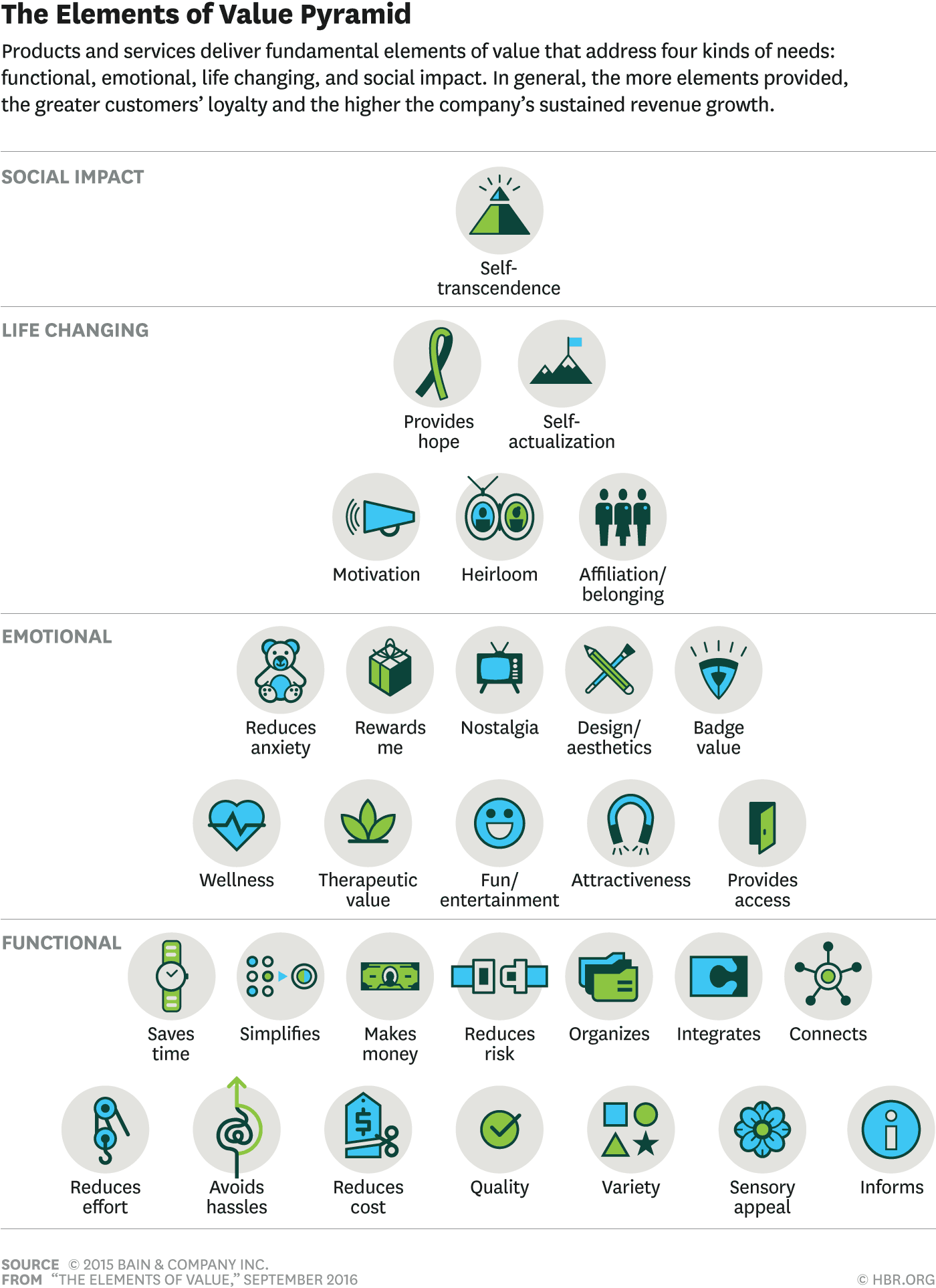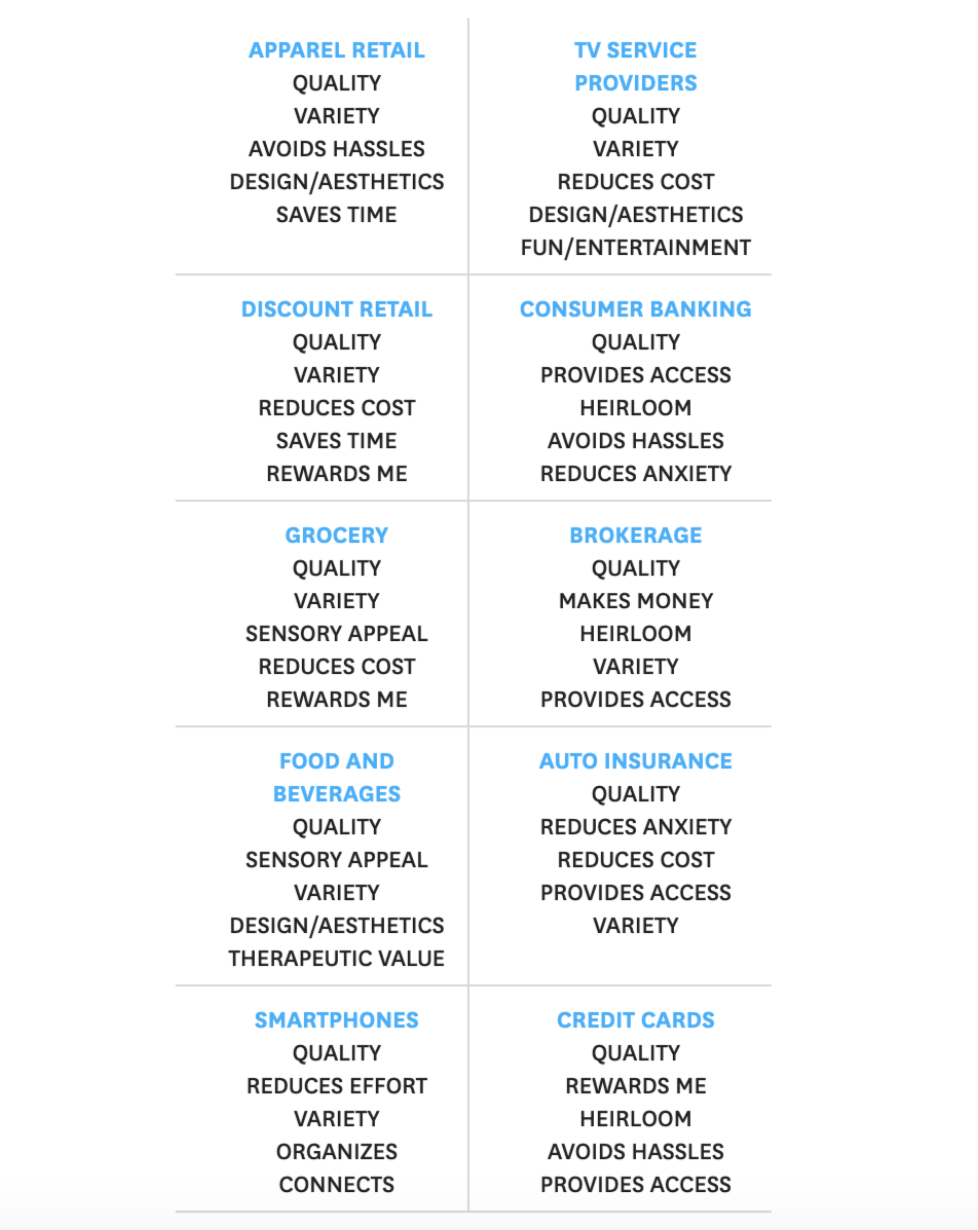What value do you provide to your customer?

We all know that a customer’s purchasing decision is basically nothing but a simple equation: price vs. the value he receives. Companies, especially their marketing and sales teams, have studied the price aspect down to the last detail: what it means to raise or lower the price, how to manipulate the pricing policy, how to use price to position oneself on the market, etc. But they (we) are a little less good at defining or even understanding value.
Why is it even important to increase value?
Regardless of how skillful you are at manipulating your pricing policy, improving the identification and increasing the value of your product or service can contribute significantly more to enhancing your customers’ loyalty, increasing their readiness to try new or additional services, and ultimately increasing your profit. The fact is, at any time someone else may be cheaper, louder, or more aggressive on the market than you are today. If you manage to identify and shape your product in line with the right combination of values that attracts customers at various levels, your competitiveness will (at least for a while) be unmatched and your pricing policy will be less relevant.
Identifying your customers’ values
The problem most companies have is not that they are unaware of the importance of increasing value, but that they have trouble identifying their customers’ values. True, the professional community has developed a list of a few key values (for example, cost reduction, ease of use, and so on), but this list is pretty vague and short. Problems arise when corporate managers seek to invent new concepts based on their assumptions of what can bring value to customers.
I’ve recently come across the Elements of Value Pyramid developed by Eric Almquist, John Senior, and Nicolas Bloch, which may be useful in addressing this problem. It’s based on Maslow’s hierarchy of needs, which I’m sure you’re already familiar with. The Elements of Value Pyramid is composed of the following four categories:
- Functional values,
- Emotional values,
- Life-changing values, and
- Social impact values.

Of course, the more values that companies (or their products or services) evoke in their customers, the greater their loyalty to the brand, which the researchers mentioned above established by directly comparing perceived values and the Net Promoter Score (NPS), which is considered one of the key customer loyalty metrics. Moreover, they established that companies that provide more emotional valuesto their customers have a higher NPS than those that clearly excel in providing functional values.
In addition, their study showed certain obvious differentiating and connecting specific features. For example, quality affects customer affinity for nearly all types of services and products. At the same time, the data revealed that other values or their importance largely varies by industry. It’s not surprising that, for instance, sensory appeal is extremely important in food and beverages, and some finance specialists may be surprised to learn that good investment for future generations is an important value in the entire finance industry (banking, insurance, investment, and so on), which was confirmed by the majority of consumers surveyed.

What should you do next?
If your company plans to focus on increasing value for your customers, begin by identifying the values you’re already providing to them and whether you’re really doing this flawlessly—that is, whether your customers are satisfied with your services or products. A big mistake many companies make is that they manage customer satisfaction in a much “better” way than the customers actually feel they do. Only then can you begin increasing value or adding new elements as dictated by your market positioning strategy. If you need any help doing that, drop by for a cup of coffee. ☺


